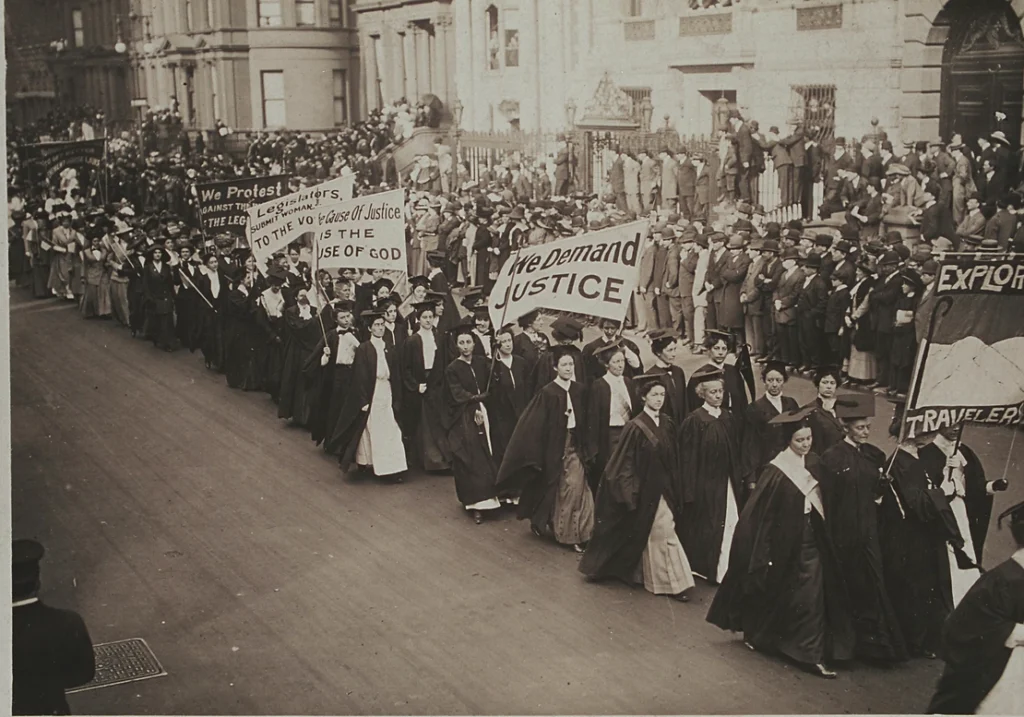A few months ago, I took the opportunity to take an EDx class, featuring ten objects, the women behind them and their significance to history and our society today, the first of which being Jessie Tarbox Beals.
Beals was born in Ontario in 1942, and was a well known published photojournalist (one of the first females) and night photographer during her time. During the start of her career, cameras had just started to become more portable and accessible, kickstarting the beginning of modern photojournalism. However, despite the new atmosphere of the field, Beals fell in love with the art of photography, and took pictures with immense range. While Beals wasn’t the most famous female photographer in the Victorian Era (Julia Cameron), she did have the greatest variety in the portraits she took. From architecture, to ethnic culture, Beals focused on both intimate everyday life moments to grand political occasions. Best known for her work for 1904, St. Louis World Fair, Beals was immensly interested in ethnic cultures. She took pictures of the Ethnology Exhibit, which aimed to spread the narrative of imperialism and European cultures as superior over native ones. Beals’ photographs offers a stark contrast to that narrative, and portrays Native American cultures as one of individuals rather than objectifying it (like the Ethnology Exhibit).
However, while her most significant contributions seemed to be known of during the St. Louis World fair, Beals also played a large part in also taking photographs of the women’s suffrage movement taking place a few years later. The media during this time, was starting to get more investigative due to the mobility of cameras and technology. Beals played an active role in spreading the message of suffrage movements during this time. Beals’ contribution to photojournalism and photography played a very active role in advancing the roles of women in photography, and spreading passive activism.




